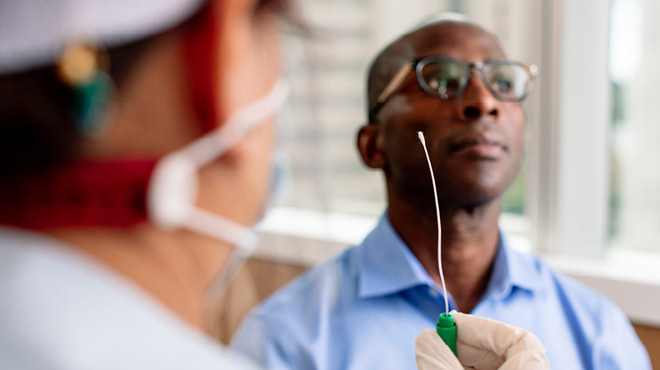Recent Posts
Emergency vs. Urgent Care: What's the difference?

It's Saturday morning and your child fell while playing in the backyard. He can't put any weight on his rapidly swelling ankle, and he is sweating and crying in pain. Should you head to the Emergency Department or Urgent Care?
If you have been in a similar situation and wondered which option is better, you are not alone. Although Mayo Clinic Health System has offered Urgent Care for more than 20 years, many people are confused about when to use it.
Here are a few differences between Emergency Departments and Urgent Care clinics:
Severity of health problems
An Emergency Department treats life- or limb-threatening health conditions in people of all ages. It is the best option when you require immediate medical attention.
Urgent Care is the middle ground between your primary care provider and the Emergency Department. If you have a minor illness or injury that can't wait until tomorrow, Urgent Care is the way to go. Also, it is a good option if you have illnesses or injuries without other symptoms, or if you do not have other underlying health conditions. For example, an earache can easily be treated in Urgent Care. However, if it is accompanied by a high fever (104 F or higher), or you have a history of cancer or are on immune-suppressing medication, it is important to have it checked out in the Emergency Department.
Hours and staff
Emergency Departments are staffed 24/7 with physicians, physician assistants, nurse practitioners and nurses trained in delivering emergency care. The team has quick access to expert providers in advanced specialties such as Cardiology, Neurology and Orthopedics. Emergency Departments also have the imaging and laboratory resources needed to diagnose and deliver care for severe and life-threatening situations.
Typically, Urgent Care clinics are staffed with physician assistants, nurse practitioners and nurses. Although, some Urgent Care clinics have physicians on staff as well. Urgent Care providers can order basic labs and imaging tests, such as X-rays, to help them provide diagnoses and develop treatment plans. Urgent Care clinics have set hours and an established list of conditions treated. As a result, Urgent Care clinics often are less expensive and have shorter wait times than Emergency Departments.
Here are examples of types of conditions treated in Urgent Care clinics and Emergency Departments:
Urgent Care clinic:
- Back or muscle pain
- Bronchitis
- Cuts and minor burns
- Diarrhea
- Earache
- Skin conditions
- Sprains or joint pain
- Upper respiratory infection
- Urinary tract infections
- Vomiting
Emergency Department:
- Chest pain or pressure
- Compound fracture (bone that protrudes through the skin)
- Head injuries
- Pneumonia
- Seizures
- Severe abdominal pain
- Shortness of breath
- Sudden, severe headache, or paralysis or weakness
- Uncontrolled bleeding
Always call 911 and don't drive yourself to the Emergency Department if you are having difficulty breathing, shortness of breath, a life or limb injury, or signs of stroke or heart attack.
Learn about your options for same-day care.
Graham King, M.D., is a Family Medicine physician in Mankato, Minnesota.







